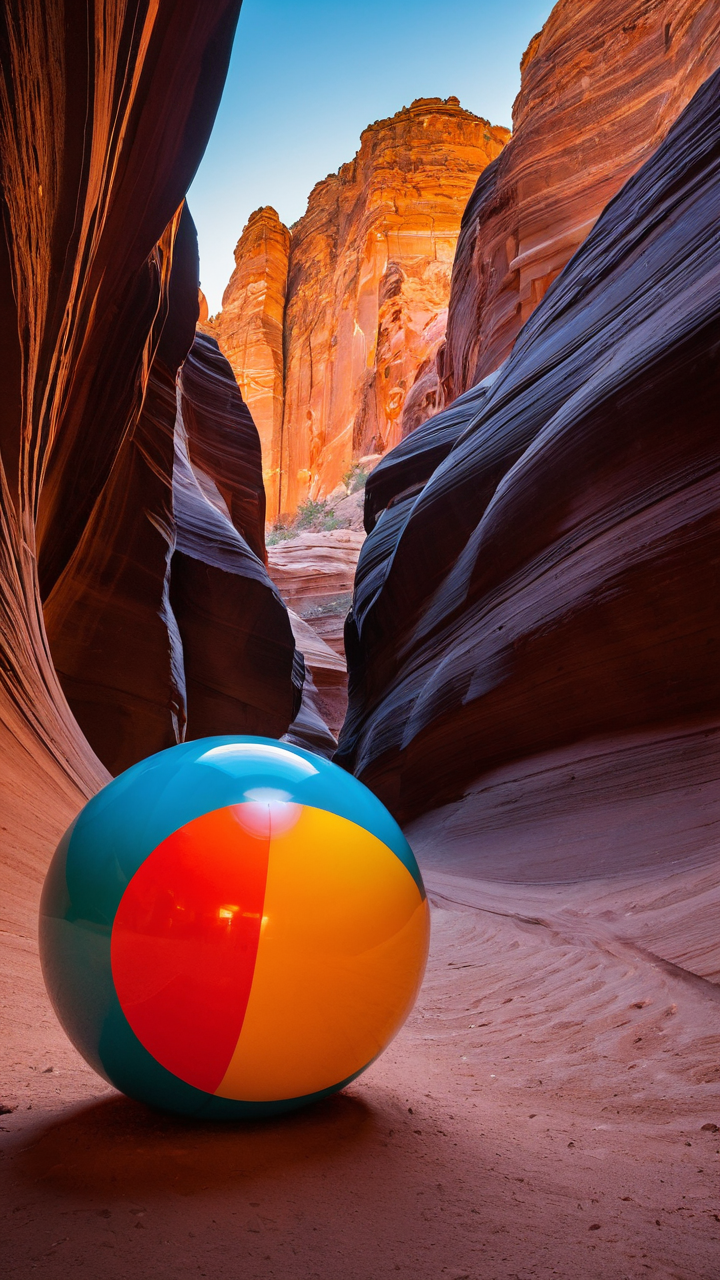
The Whispering Walls of Canyons: An Introduction to Acoustic Amplification
Have you ever experienced the eerie amplification of sound in a canyon? It’s a phenomenon often described as a “sky trumpet,” where even quiet sounds seem to echo and reverberate across vast distances.
This isn’t magic; it’s the fascinating interplay of sound waves and the canyon’s unique physical characteristics.
Canyons, with their towering walls and often-confined spaces, create a natural acoustic environment that significantly amplifies sound, creating a truly remarkable auditory experience. Imagine a whisper carrying across a mile!
This is possible because of the way sound waves bounce and interact within these geological formations. We’ll explore the physics behind this phenomenon, and how atmospheric pressure plays its part.
The Role of Reflection and Refraction
The primary reason for sound amplification in canyons is the phenomenon of sound wave reflection. Sound waves, like light waves, bounce off surfaces. In a canyon, these surfaces are the steep, often parallel, canyon walls.
When a sound wave is produced, it travels outwards, striking the canyon walls. A portion of the wave is absorbed, but a significant amount is reflected back towards the source and across the canyon, creating multiple echoes.
This continuous reflection leads to a build-up of sound energy, resulting in a much louder and more prolonged sound than would be experienced in an open space.
Think of it like a bouncing ball – the more times it bounces, the longer it stays in play. This principle is known as multiple reflections, and it is central to the amplification effect.
• the shape of the canyon itself plays a critical role. The parallel walls create a kind of natural waveguide, focusing the sound waves and preventing them from dispersing too quickly.
This is similar to how a megaphone works, directing sound in a specific direction. The specific geometry of the canyon, including its width, height, and surface roughness, influence the amplification effect.
Some canyons are known for their exceptionally strong “sky trumpet” effects due to their ideal acoustic properties.
Atmospheric Pressure: A Subtle but Significant Influence
While reflection is the dominant factor, atmospheric pressure also plays a role, albeit a more subtle one. Variations in atmospheric pressure can affect the speed and propagation of sound waves.
This raises an interesting question about our future.
Higher pressure generally leads to a slightly faster speed of sound.
While this effect may not be dramatic in most situations, in a canyon where sound waves are repeatedly reflected, even small changes in sound speed can cumulatively impact the overall amplification.
• temperature gradients within the canyon, which can be influenced by atmospheric pressure, can also affect sound wave refraction (bending).
This refraction can further influence the path and intensity of the reflected sound waves, contributing to the overall amplification.
More research is needed to fully understand the complex interplay between atmospheric conditions and acoustic amplification in canyons.
Examples and Real-World Applications
Many canyons around the world are known for their remarkable acoustic properties. The Grand Canyon in Arizona is a prime example, where whispers can be heard across vast distances.
Similarly, numerous canyons in Utah, Nevada, and other arid regions exhibit this phenomenon.
The unique acoustic properties of canyons have even been used in architectural design, with some concert halls and recording studios employing principles of multiple reflections to enhance sound quality.
Understanding the “sky trumpet” effect helps engineers design spaces where sound quality is crucial.
Conclusion: Harnessing the Power of Nature’s Amplifier
The “sky trumpet” effect in canyons is a testament to the fascinating interplay between physics, geology, and the environment.
It’s a reminder of the power of nature’s acoustics, and how even seemingly simple phenomena can produce remarkable results.
By understanding the role of reflection, refraction, and atmospheric pressure, we can better appreciate the unique acoustic environments found in canyons and even use these principles in various applications.
Next time you find yourself in a canyon, take a moment to listen – you might be surprised by what you hear!



